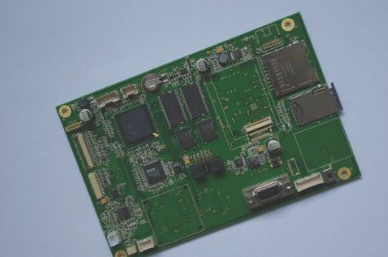Error-Proofing in Manufacturing Process
Implementing controlled error-proofing in manufacturing is crucial for maintaining product quality by preventing and detecting errors. There are three primary methods for error prevention and detection:
Contact Method:
- Ensures error detection by verifying contact alignment, such as in error-proof socket designs.
Quantitative Method:
- Detects errors when a fixed quantity is not reached, like in part trace management for identifying omissions.
Sequential Method:
- Works in a fixed order to detect errors through interruptions, for example, using sealed compartments for assembling screws in a designated sequence.
Principles of Error-Proof Design:
- Root Cause Principle: Eliminate error causes.
- Insurance Principle: Require multiple actions for task completion.
- Automatic Principle: Limit actions to prevent errors.
- Conformity Principle: Verify actions for compliance.
- Sequence Principle: Arrange tasks in a specific order to avoid mistakes.
- Isolation Principle: Separate areas to protect critical components.
- Layer Principle: Distinguish different tasks to prevent errors.
- Duplication Principle: Use duplication for repetitive tasks.
- Warning Principle: Display alerts for abnormal occurrences.
- Mitigation Principle: Minimize damage from errors.
Implementation Strategies:
- Mould and Fixture Error Prevention.
- Machinery and Equipment Error Prevention.
- Device and Marking Error-Proofing.
- Operating Conditions Error-Proofing.
- Design Structure Error-Proofing.
Levels of Error Prevention:
- Preventing errors at the source to avoid defects.
- Immediate error detection after occurrence to prevent defects.
- Immediate detection of defects after occurrence to minimize damage.
Advocacy: Highlighting the importance of the first level of error prevention, which focuses on controlling errors at their source.



